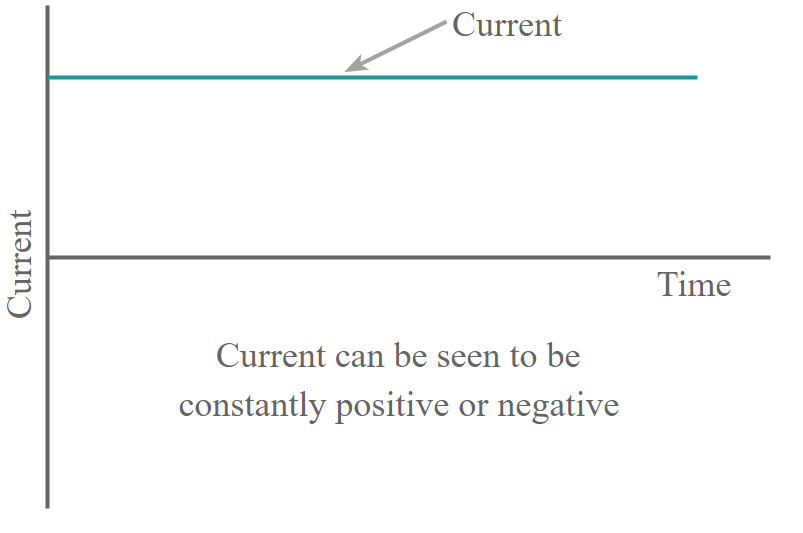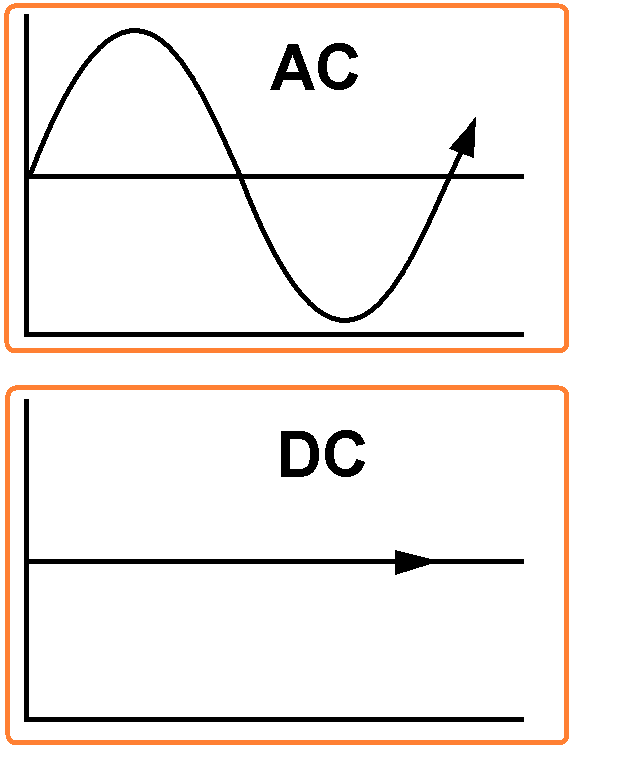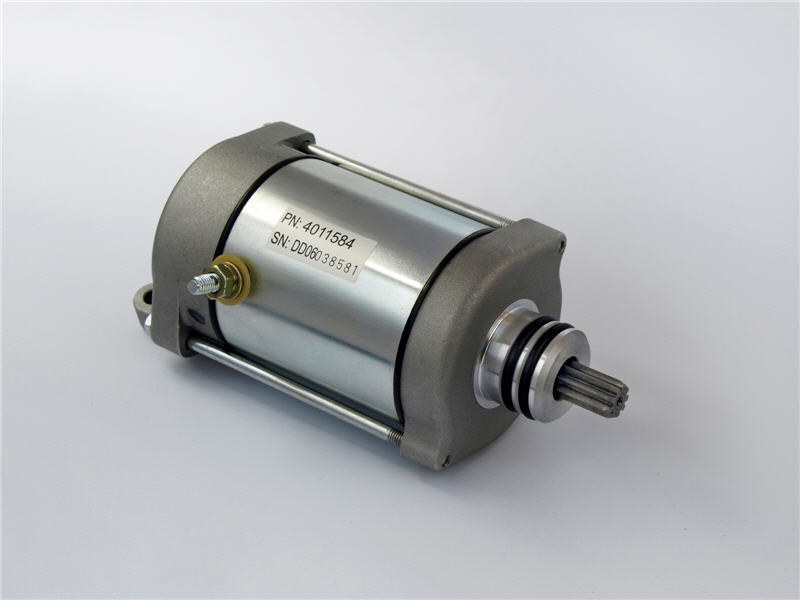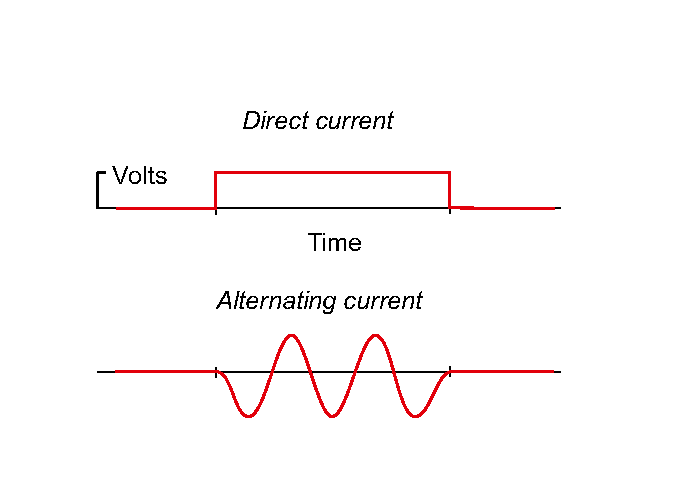Disadvantages of Direct Current- Electric energy can be transmitted in both DC (Direct Current) and AC (Alternating Current) for long and short transmission and distribution applications. There are several advantages and disadvantages of both systems.
Due to commutation issues, high DC voltage cannot be used to create electricity. In addition to having their drawbacks, DC switchgear is more costly than AC switchgear. For power transmission at high voltages and distribution at low voltages, DC voltage cannot be directly step-up or step-down. However, direct current devices are provided by several Suppliers and Companies, different manufacturers, and a lot of distributors and there are a lot of Direct Current Devices for sale on Linquip.
Let’s explain the technical disadvantages of DC systems in power transmission lines in this post.
DC Power Transmission System
From a couple of years past, designers in the transmission field are reassembling the DC power transmission systems. DC power transmission systems have been receiving several considerations according to their particular features. A Direct Current is a fixed value of current that is not modified with time. It flows only in one direction, that is from the positive section to the negative. The current here does not modify its direction at all. It is often from a positive terminal to the negative one.

However, these systems have some disadvantages, which can cause important problems for power suppliers. Disadvantages of Direct Current in transmission systems are listed below.
What are the Disadvantages of Direct current?
Typically, the electricity is generated in a Power Plant which is far away from the main town. To provide the electricity to homes or offices, we have to transmit it into the town. Electricity is transmitted within the wire. If we transmit the electricity in the format of direct current within the wires, the main portion of the electricity is already reduced and wasted in the shape of heat that will cause nothing but loss. This is the basic disadvantage of the direct current. It is prevented by transmitting alternating systems instead of direct type, which does not actually have heating difficulty.
Disadvantages of Direct Current Compared to AC
When practical use of electricity became widespread in the world, special disadvantages in employing direct current in the buildings became apparent. If a practical direct current system is employed, the voltage should be produced at the rate (value or amplitude) requested by the load. For example, to properly run a 240-volt lamp, the DC generator must produce 240 volts. If a 120-volt device is to be supplied energy from the 240-volt generator, a resistor or another 120-volt instrument should be placed in the series arrangement with the first 120-volt device to reduce the extra 120 volts. When the resistor is employed to drop the voltage, an amount of energy equal to that used by the first device is lost.

Another disadvantage of the direct systems becomes apparent when the direct current (I) from the producing source should be transmitted a long distance over lines to the user. When this happens, a great amount of energy is wasted based on the resistance (R) of the wire. Power loss is an important issue for energy suppliers around the world. As a result, they prefer to use a method for energy transmission which minimize the power loss like using AC transmission systems in long-distance application to remove the disadvantages of direct current.
Disadvantages of Direct Current Transmission System
The DC power transmission systems have the following disadvantages, especially in high-voltage applications:
- Electric energy cannot be generated at high (DC) voltage based on the commutation problem.
- The stepped-down process in the electric power transmission system is a vital factor. However, we cannot step-up the rate of DC Voltage in high voltage transmission since the transformer won’t operate on DC in this mode.
- There are some limitations of DC circuit breakers and switches, such as they are too expensive in DC appliances.
- The motor-generator system should be employed to step down the rate of DC voltage, and the efficiency of this system is lower than a common transformer.
- DC transmission setup is more complex and expensive in comparison with the AC transmission types.
- The amplitude of DC voltage cannot be modified (step-down or step-up) simply, such as in systems using transformers. Therefore, we cannot obtain the desired voltage for electrical appliances (such as 5 Volts, 12 Volts, 15 Volts, 18 and 24 Volts, etc.) directly from the distribution and transmission lines.
Disadvantages of Direct Current Motors
Disadvantages of direct current motors are different which we have to notice. In this section, we present some tips to explain more about the disadvantages of direct current motors. These disadvantages of the motors are categorized based on the main types of DC motors, which these devices are broadly employed in our electrical engineering applications. Disadvantages of direct current motors are different based on the series, shunt, and compound configurations of them.

Disadvantages of Direct Current Series Motors
- Velocity control and monitoring of direct current series motor are not suitable.
- The direct current form of series motors is not appropriate to use where the load does not apply to the primary stage because it is vital to have a load before starting the direct current type of series motors.
Disadvantages of DC Shunt Motors
- Installation of these machines is too costly in comparison with other forms of machines.
- Because shunt motors are fixed-speed motors, it would be a disadvantage where it’s important to work under variable speeds.
- DC shunt motors are unreliable at low-speed applications.
- The size of DC shunt motors is too large compared to the alternative current types.
Disadvantages of Compound Motors
- The maintenance and operation costs of DC compound motors are high.
- DC motors cannot operate in hazardous conditions where spark happens at the brush section of the motor.
- DC compound motors are generally employing particular brushes, so the lifetime of these motors is short compared to the AC types.
Conclusion
Hope that we have some fundamental understanding of the disadvantages of direct current, especially in high-voltage transmission systems. For instance, we learned that commutation problems of the direct current systems happen in transmission, very high voltages are difficult to produce, and the DC circuit breakers and switches got very own limitations. Finally, it should be said that the process utilized for HVDC (High Voltage Direct Current) is completely different from the technology used in AC systems, and the main disadvantages of direct current in using this process become evident.
Download Disadvantages of Direct Current PDF
Buy Equipment or Ask for a Service
By using Linquip RFQ Service, you can expect to receive quotations from various suppliers across multiple industries and regions.
Click Here to Request a Quotation From Suppliers and Service Providers
Read More In Linquip
- Types of Electric Circuits: All Classification with Application
- Types of Circuit Breaker: A Basic Guide to Know Different Classifications
- What Is a Digital Potentiometer? An Explanation on the Working Principle and Advantages
- 5 Types of Proximity Sensors (Application and Advantages)
- What are the Advantages of Alternating Current?
- What are the Advantages of AC over DC?
- Thermocouple vs. Thermopile: A Complete Comparison & Advantages of Each Type
- Transducer vs. Sensor: Basic Differences & Advantages of Them



